Positioning Statements: What Is Your Unique Value?
After covering branding statements in last week’s blog (if you missed it, click here). This week, we are tackling how to write a positioning statement. Positioning statements are short, succinct, and unique statements that position your business in a specific market niche. In order to write your positioning statement, you’ll need to have already done some thinking about what you want your brand to be. You’ll need to already have your branding guidelines and know exactly what your target market/consumer is. A positioning statement can be a great point of reference and help you stay on track when growing your brand. It speaks to your unique service and how that uniqueness directly serves your consumer.
To start, let’s dive into what a positioning statement actually is.
What is a Positioning Statement?
“A positioning statement is a brief description of a product or service and target market, and how the product or service fills a particular need of the target market. It’s meant to be used as an internal tool to align marketing efforts with the brand and value proposition”
When crafting your positioning statement, make it brief and exact. As written in the article referenced above by Hubspot, a positioning statement is meant to be used as an internal compass to continuously re-align your strategy with your core purpose. All too often, brands can get lost along the way and lose sight of their ultimate goal: serving the right customer and creating loyalty in that market. With a positioning statement that is specific to your market and customer, you can more effectively spend your advertising and marketing budget in the right places. And, ultimately, you can generate more return on your marketing investments.
How to Visualize Your Statement
After writing your positioning statement with your consumer and market in mind, it might be helpful to create a visual that illustrates how your statement makes you unique in your market. Below is our visual representation of just that.

As outlined in the image above, your positioning statement speaks to your unique position in your marketplace. Change the axises as applicable to your industry, and use this as a visual complement to your written positioning statement. Are you stuck in the development phase of writing your positioning statement? Check out this article that provides some easy-to-use templates and ways to get unstuck through this process.
How to Use Your Positioning Statement
Once you have your positioning statement, it’s important to keep it as an integral part of your day-to-day business development. Does your business development strategies reflect your positioning statement? How about your marketing creative and copy? If not, consider going back to the drawing board and sticking with a marketing strategy that speaks to your niche market. Using your positioning statement in this way also helps you stay unique and not conform too much to market trends.
Not sure what an effective positioning statement actually looks like?
Here are a couple examples:
Amazon Positioning Statement:
For consumers who want to purchase a wide range of products online with quick delivery, Amazon provides a one-stop online shopping site. Amazon sets itself apart from other online retailers with its customer obsession, passion for innovation, and commitment to operational excellence.
Nike Positioning Statement:
For athletes in need of high-quality, fashionable athletic wear, Nike provides customers with top-performing sports apparel and shoes made of the highest quality materials. Its products are the most advanced in the athletic apparel industry because of Nike’s commitment to innovation and investment in the latest technologies.
As a recap, you can use the following outline to guide you in writing your positioning statement:
- State who is your target market and what your purpose is
- What makes you different and sets you apart from your competition
- Show your passion for what product or service you provide
- Provide solutions to your customer’s main pain-points
Your statement should serve as a compass. It can bring you back on track and remind you of the market and customers that you serve. And, as you are able to focus more on your niche- you can better build a relationship with your target consumer.
